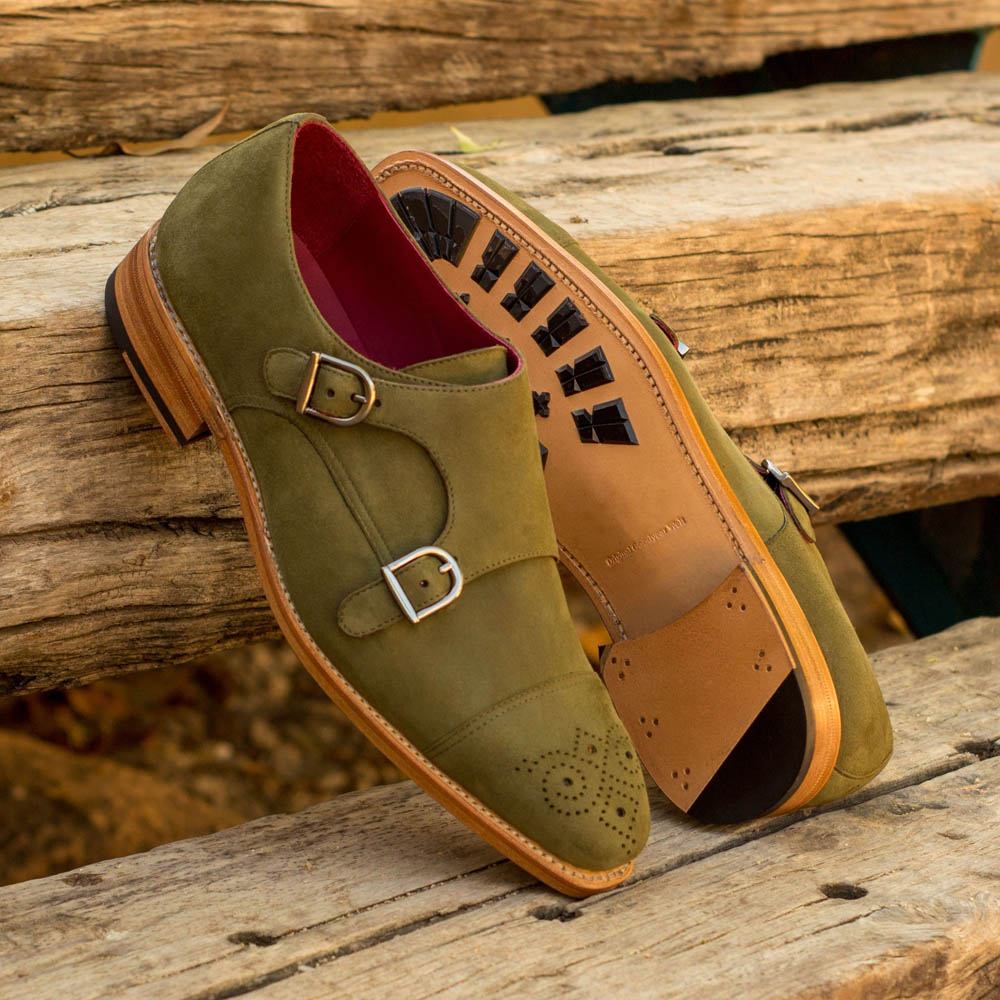A Guide To Classic Men’s Shoes


Having a superb pair of dress shoes is not a luxury; it’s a necessity. Even sneaker and hoodie guys will occasionally need to suit up, and opportunity favors the prepared.
This guide will help you make wiser shoe purchasing decisions by sharing all of the types of dress shoes for men. Once you understand the available options, you’re already halfway there toward looking your best at any event.
Type of Dress Shoes
Oxfords
Oxfords, the most basic and timeless of dress shoes, are an excellent starting point. The versatile Oxford shoe can be dressed up or down for formal and daily wear.
These shoes gained popularity in 1800 among college students, particularly at Oxford University. At the century’s turn, students wanted a modern low-top version of the shoe, as they deemed the half-boot style of traditional Oxonian shoes outdated.
How to Wear the Oxford Shoe
Oxfords are chiefly popular because of their minimalism and their ability to pair with any outfit.
- For everyday wear, there’s a wide range of colors from brown to blue to dark red to green, in both leather and suede. Pair with a bright, colorful sock for bonus style points.
- For business attire, dark brown, cordovan, English tan, and black leather are your safest choices. Keep this look classic with a darker pair of socks.
- If you’ll be pairing Oxfords with a tuxedo or other formal wear, black patent leather is your best bet.
The Derby
The Derby is similar to the Oxford, but it’s a more casual dress shoe. The Derby shoe, also known as the Gibson or the blucher, was a sporting and hunting boot circa the 1850s. At the turn of the 20th century, they became appropriate for going out into town.
How to Wear Derbys
You can wear and style Derby shoes the way you would Oxfords. However, Derbys are typically more casual, so you wouldn’t want to wear them with a formal suit. Chinos or rolled jeans with some derby-inspired socks will complete this cool and collected look!
The Monk Strap
A Monk Strap is similar in shape and construction to an Oxford, but instead of an eyelet closure, it has a wide swath of leather fastened across the front of the shoe. This wide strap is fastened with either a single or double-buckle closure.
How to Wear Monk Straps
This classic alternative to laced dress shoes adds a certain panache to any outfit.
- The monk strap is now regarded as a very versatile shoe that can be worn with cuffed jeans or the most dapper of suits.
- Monk straps attract attention and may at times become the focal point of an ensemble.
- Monk strap shoes are often crafted out of leather or suede and will sometimes have decorative brogueing.
The Loafer
The original loafer was a casual house slipper made for King George VI of England. It was neither acknowledged nor popular as a casual shoe until it came to the U.S. in the 1930s. It wasn’t until the 1960s that American businessmen and lawyers began wearing loafers with suits.
In 1966, Gucci introduced the bit loafer, which features a metal strap (in the shape of a horse’s bit) across the instep. Gucci’s innovation further elevated the loafer’s status as formal footwear — or at least confirmed that this was not strictly casual.
Loafers often have a saddle — a decoration that might be a plain strap, a strap with a slit (as with penny loafers), or a metal ornament. Tassels or a kiltie might hang from a saddle, while the minimalist loafer (the Venetian) has an exposed vamp without embellishment or ornamentation.
A signature characteristic of loafers (especially those more akin to a moccasin than a regal slipper) is an elevated seam that runs along the toe.
The Dress Boot
The dress boot is a short lace-up boot. It is constructed like an Oxford, but with a longer shaft.
This shoe style has roots in the Victorian era when men had limited footwear options. The dress boot quickly became an acceptable choice for formal daywear, and it still remains an attractive alternative to standard dress shoes today.
When is a boot dressy enough to be worn with a suit? It should be sleek, not too chunky, have thinner laces, and its soles should immediately distinguish the boot as a high-top dress shoe. Lug soles and commando soles will rarely be appropriate (though there are exceptions.)
If the boots are made of fine leather, they can be brown or black or almost any other, so long as they complement the suit.
Unless you are a styling expert, assume that a suede dress boot is a contradiction (though it need not be).
If you’re looking for custom-made shoes, you’re in the right place with BBespoke. We have a selection of pre-designed options to help inspire you, or you can bring in your own designs and we can make it for you. Don’t settle for anything less than the best fit when it comes to your footwear. Speak to one of our agents today and learn more about our custom-shoe design process.
